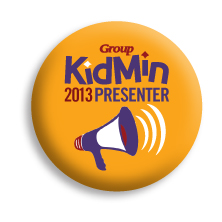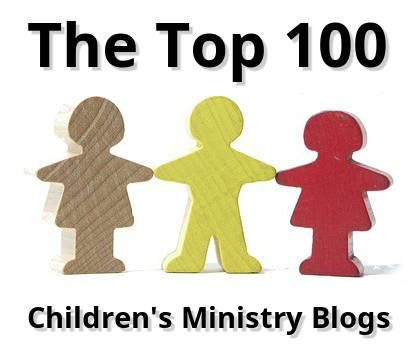You know he is the kid that comes into the room with a look that says, “Heh, heh, this is the day I’m making everyone pay for my unhappiness!”
He doesn’t wait for you but skirts over to the side of the room. However, he keeps his eyes on you. What do you do at this point? You let him go. I would nod my head in his direction to let him know I saw him. It’s important for him to be noticed. I might mouth, “I see you” and wink as I say it. Then I go on about my business and leave him alone.
You know this child is going to need your attention at some point in the next hour. You need to also realize that
- Being gushy or fake with these children will never work.
- These types of kids are very perceptive. You see they have learned at an early age how to read body language.
- They have to be cognizant in reading body language so they know how to live and fit into two different homes with two parents who are sometimes at war with each other.
What do you do
- You smile and maintain your integrity.
- You say a quick prayer (always seek the Lord) as you approach this child. (“God give me wisdom and knowledge that I may lead this people…” 2 Chronicles 1:10a).
- You tell yourself you are safe.
- Your self-talk says you are in control and you will not lose it no matter what.
- You are prepared and feel confident in your ability to assist and teach this child and draw him closer to the Lord.
Be careful how you approach these children. Some adults think because a child’s family life is disruptive, the child needs their pity. Children don’t need your pity.
- They need your empathy.
- They need boundaries.
- They need structure within the confines of a loving environment.
- They need for you to be an adult they can depend upon and trust.
- They need for you to give them dignity. Kids deserve their dignity, and too many adults in their lives have taken their dignity away.
- They need to be able to count on you, the adult, to be in charge, to be the leader, to be in control not controlling but in control
Tell Them What to Do
When working with children, tell them what you want them to do. Example: “Sit down and look at the video.” You don’t give them a choice if it is what is supposed to happen.
Leave off the word, “Okay?” at the end of the request. “Okay?” means you are asking their permission to tell them to sit down.
Do not tack on a “please” or a “thank you.” “Please sit down and watch the video. Thank you.” Please and thank you turn what you want them to do into a request and inadvertently gives them a choice. If it is not a choice, don’t use “please” or “thank you.”
Children who have relationship issues, such as kids of divorce, will have trouble with the words “please” and “thank you.” These words could conjure up feelings of unfairness and the hurting child might set out to purposely be rude and negative. This may be a hard concept for many leaders, but leave the issues of manners to another time. You can model manners later when the child is healed and not turned inward to their problems.
Three months ago I had a “haughty” kid with that “look” on his face. I knew the minute he slinked into the room that he needed my love and attention. Today he is a different nine year old. Once we got past that outer shell he was using to push people away, we all fell in love with this kid. He now enters our room with a smile on his face and he asks for a hug for his way of being greeted.









